Shimano Dura-Ace R9200 12-speed electronic hydraulic groupset review
Much more than just an extra sprocket…
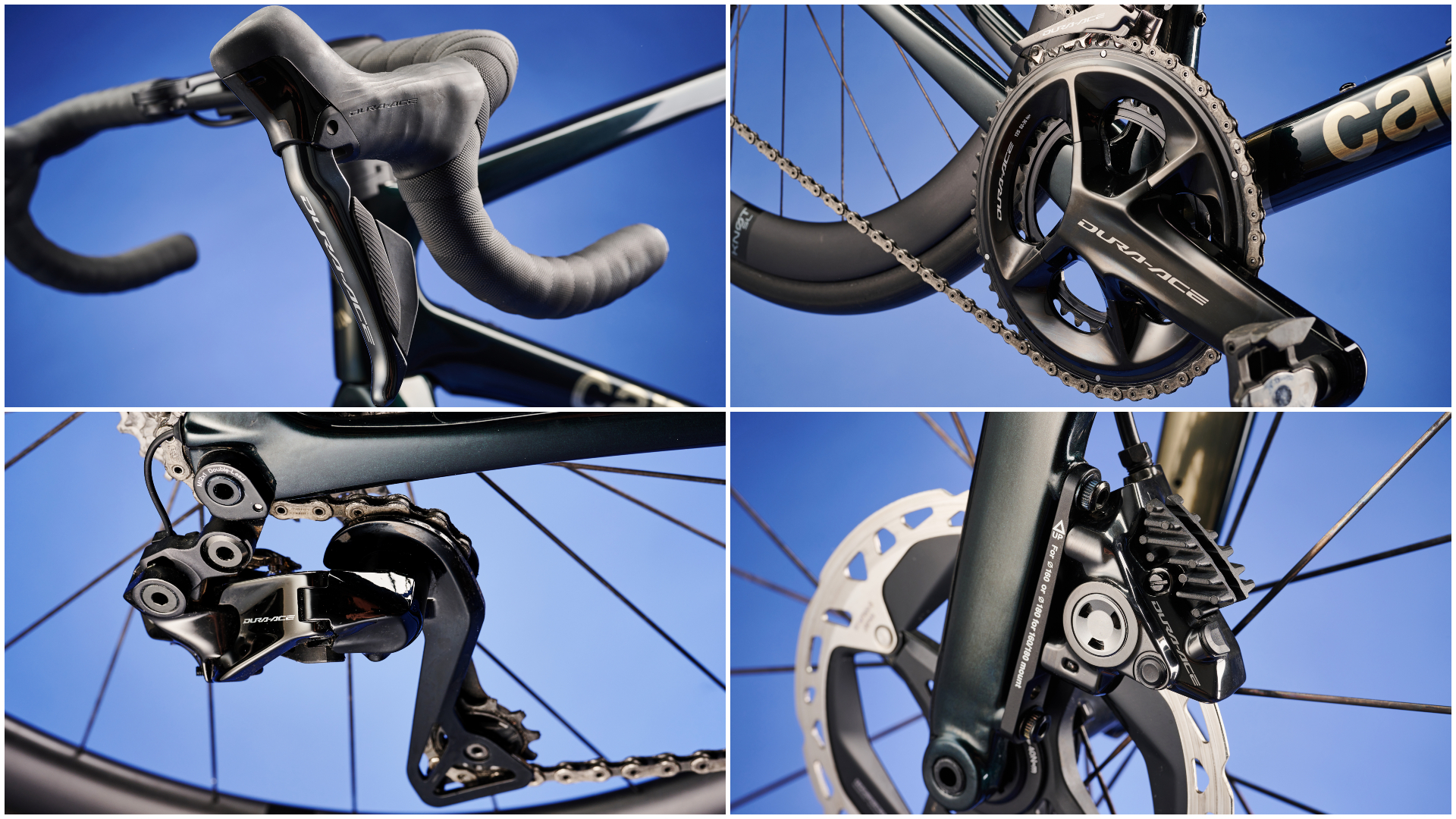
Overall, Shimano’s long awaited update really has delivered. The functionality in terms of the braking power, ergonomics and shifting has been greatly improved. There’s also been some well-thought out refinements that boost its liveability, such as the bleeding ports and fewer cables. It may be very expensive, but then it is the pinnacle of what Shimano has to offer and it certainly does deliver.
-
+
New heights of shifting refinement
-
+
Increased braking power
-
+
Fewer cables
-
-
More expensive than previous Dura-Ace groupsets
You can trust Cycling Weekly.

It’s fair to say that the shift to 12-speed has been a long time coming for Dura-Ace.
First to the mark for road-specific groupsets was Campagnolo, offering that extra sprocket as soon as April 2018. Back then, even Shimano’s mountain bike groupsets were all still running 11-speed.
But although the wait has been long, at least the update hasn’t been just incremental. Beyond just tweaks to the gear ratios, there have been big changes across the groupset: from the braking to the ergonomics to the cable routing.
Shimano is still producing a rim brake version, but it was the hydraulic disc brakes that we had on test. Whether you like it or not, it’s pretty clear that this will be the model you’ll be seeing most of.
The shifters
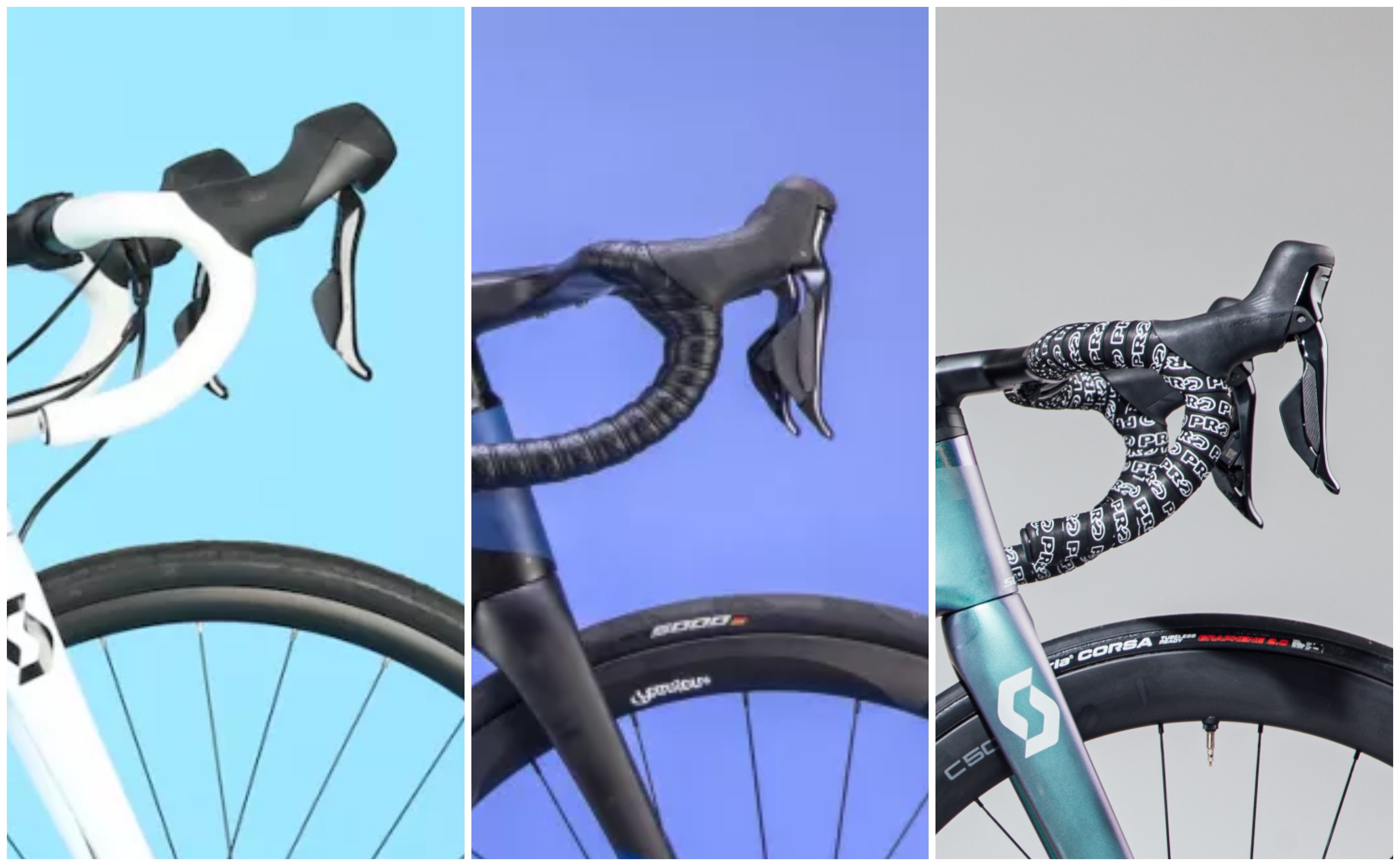
Left to right: old Tiagra with the classic shifter shape; previous generation super small Dura-Ace; latest 'goldilocks' Dura-Ace hood shape.
Following Shimano’s… bulbous first forays into drop-bar hydraulic braking, the Japanese brand put a lot of work into refining and shrinking the size of the hoods.
Perhaps too much. Notably smaller than those of SRAM or Campagnolo, feedback from the pros was that the diminutive size made it more difficult to hold the “aero-hoods” position, with the forearms held parallel to the ground.
The new, taller and slightly inwardly curved shape has addressed this head-on. The hoods still look and feel a little more dainty than either Campagnolo or SRAM’s hydraulic offerings, but they completely do the job.
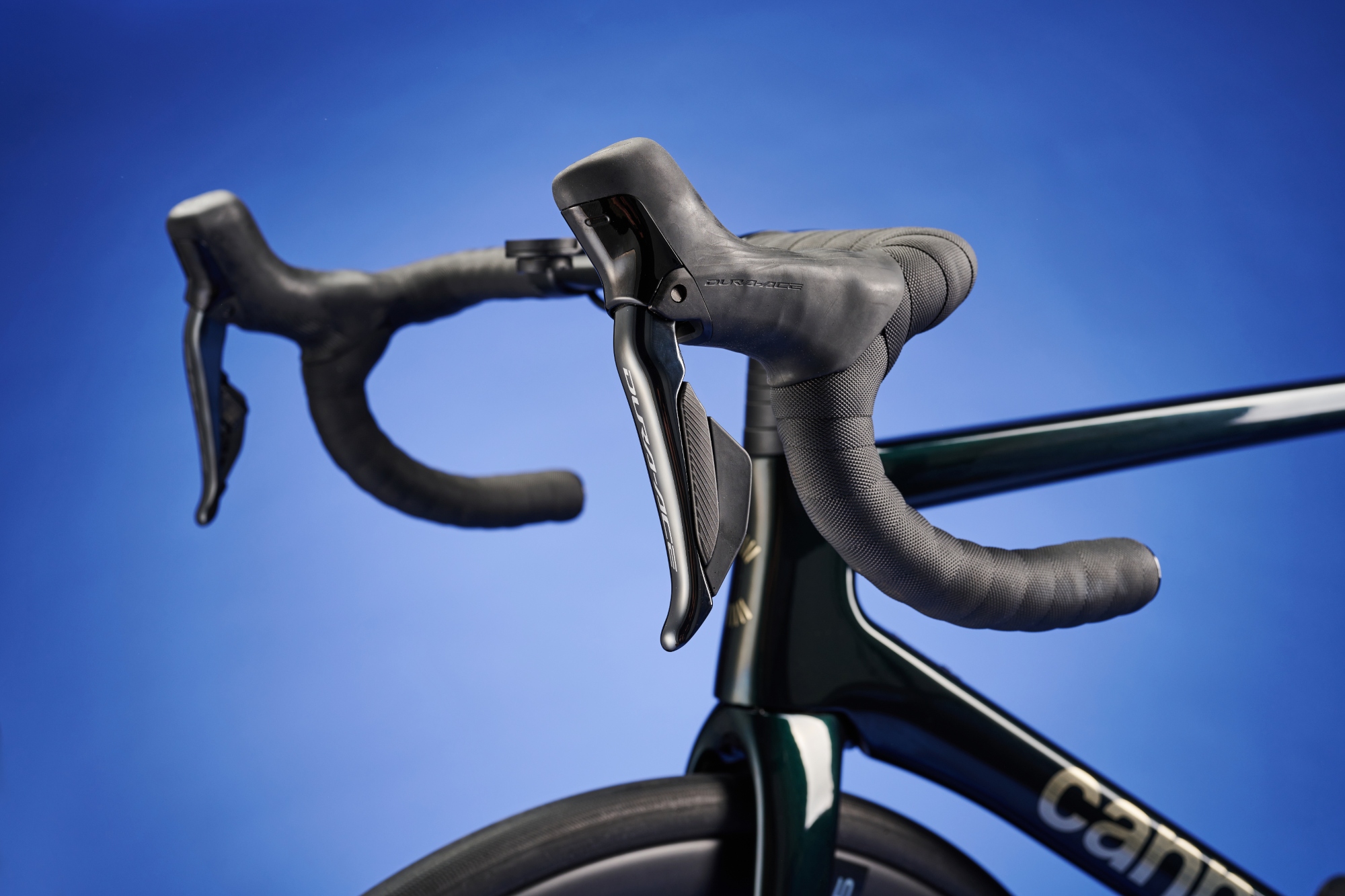
I found it so much easier to lock myself in place than with the previous design. Being able to transfer more of my weight through my wrists on the bars – and with my palms butting up against the hoods – I didn’t have to use my core to stabilize myself as much, with the result being I could stay in that aero position much longer.
The changes to the shifter buttons represent an improvement too. The (default) button for shifting into smaller sprockets has been increased in size and – with its greater area – is so much easier to use in a hard effort or sprint. The other button (for larger sprockets) has seen some reshaping too, but remains just as easy to use as the previous iteration.
Beyond the ergonomics, Shimano claims to have improved the speed of the rear derailleur shifts by 58% and the front by 45%. Perhaps because the rear shifts were already so fast, the increase of speed there isn’t quite as marked as that of the front derailleur – which was most impressive.
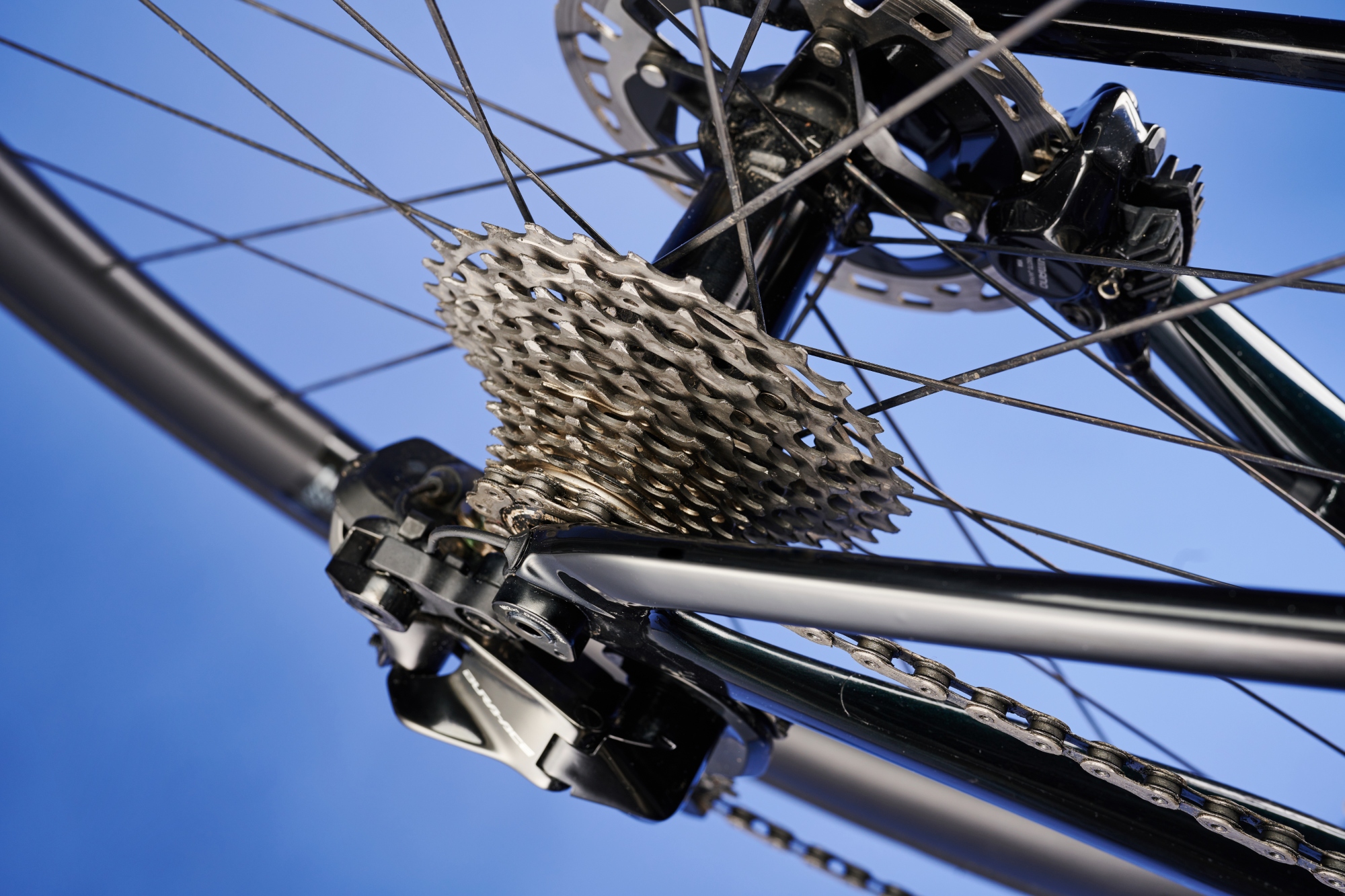
Now, it’s not quite so quick and happy to handle loads that it undermines the premise of Classified’s two-speed hub. However, it still marks a further improvement on what was already a very refined system. SRAM’s front shifts already felt clunky and slow compared to Shimano’s previous generations – and the gap was widened now.
Borrowing the Hyperglide+ technology from Shimano’s mountain bike groupsets, the additional shaping of the sprockets allows them to mesh better with the chain and improves shifting across the cassette under load.
It’s not something you’ll want to be doing often – with the accompanying metallic ‘ping’ of protest – but it is reassuring to know that if you really need to make that shift it will happen. In testing its limits, no matter how badly I mashed the gears, I never had a mishift.
The braking
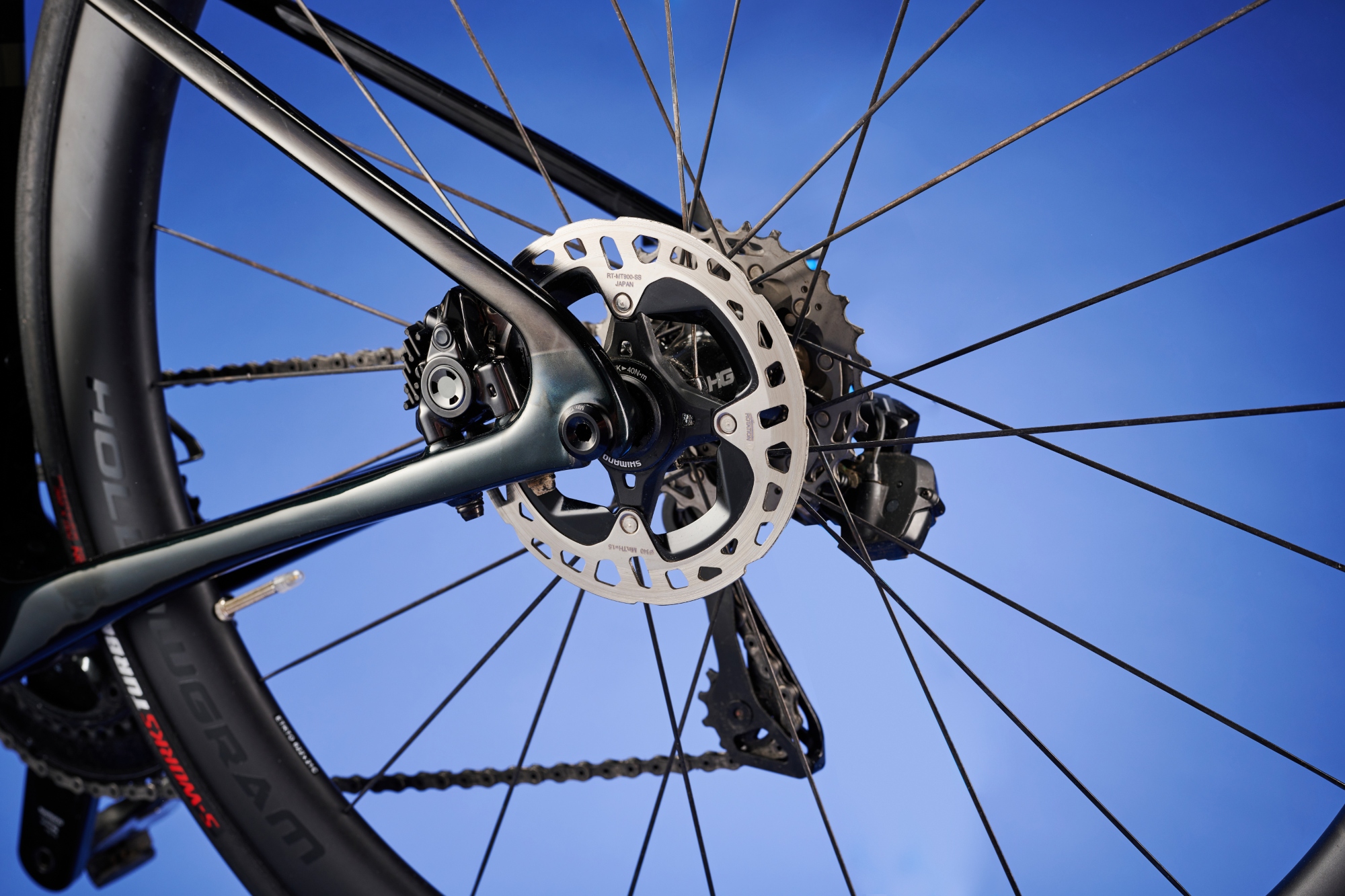
It’s the updates to the brakes that I think are the most significant changes. First, in terms of the stats, Shimano has found that its XTR mountain bike rotors offer a 66% reduction in heat compared to the previous Dura-Ace alternative, so those are a straight swap. Second, the clearance between the rotors and the brake pads has been increased by 10%.
Campagnolo Super Record v Shimano Dura-Ace v SRAM Red eTap AXS
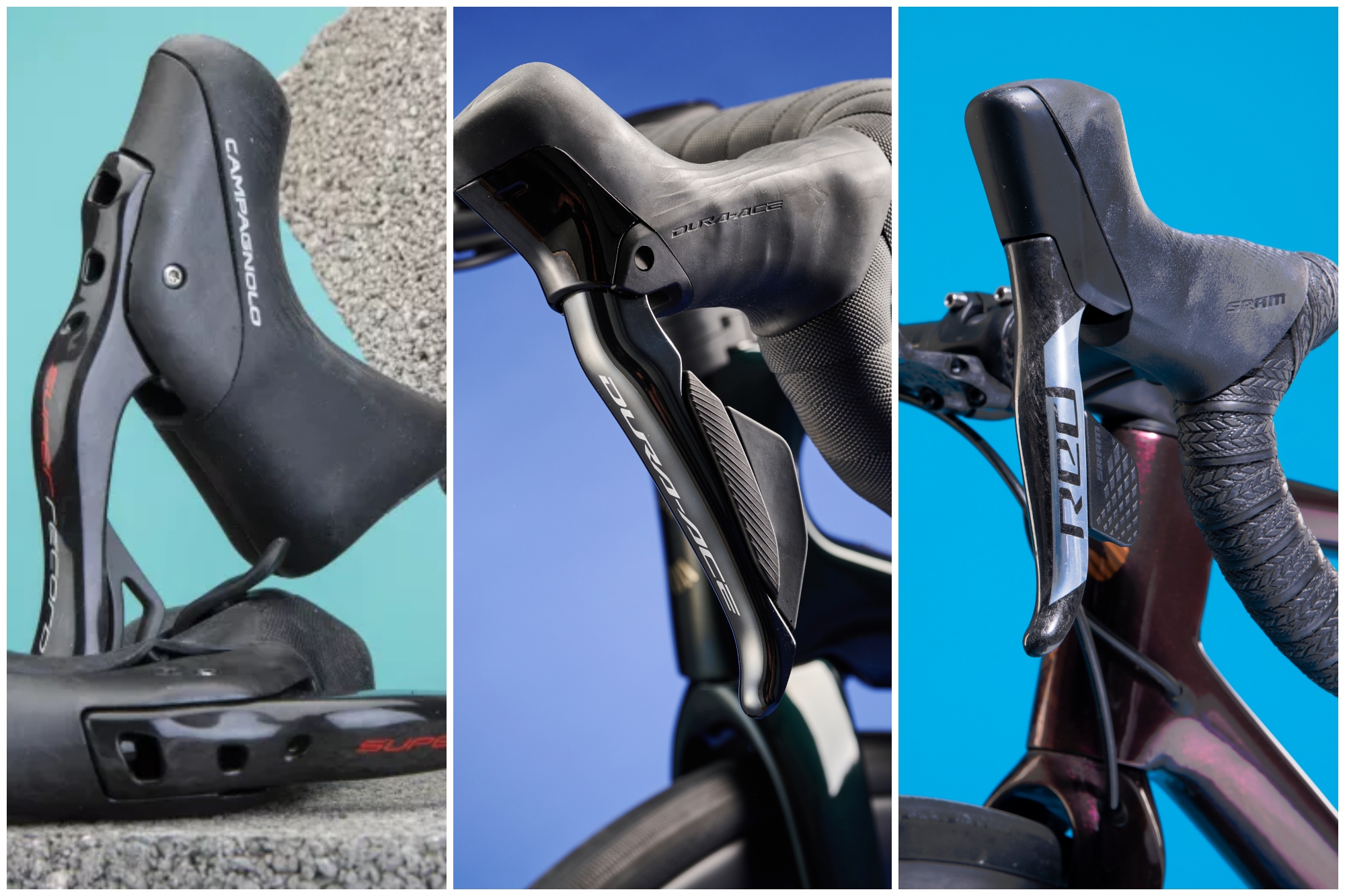
From the off, there are no bad groupsets here. But each does have its unique design features and quirks which will be a major sticking point for some and pass unnoticed for others.
Perhaps most obvious is the shifting operation. Campagnolo has its distinctive thumb shifter which, despite its loyal proponents, does take some getting used to when it comes to downshifting from the drops.
For SRAM, those great big AXS paddles do make it very easy to hit the shifters – no matter the conditions or the effort. The execution of the shift is a little less bombproof, with the front derailleur being quite sensitive to setup and a shift itself being a little slower than Shimano.
It’s easier to make a mistake pressing the buttons on Shimano’s system, compared to the other two – although that’s slightly mitigated now they’ve been made a little larger. But the shifting action itself is excellent, thanks to Hyperglide+ and the speed of actuation.
Braking is another significant difference. Campagnolo ranks best for modulation throughout the entity of the lever stroke, making it easiest to control. On the other hand, SRAM feels like it deploys its power much more quickly, opening the taps that bit faster and more forcefully.
Shimano’s revamped brakes offer much finer control at the start of the stroke, before quickly ramping up and unleashing their full power. That switch between feathering and power is quite quick, giving a bit of a binary feel and making modulation through that middle part of the stroke a little more difficult.
The gently undulating roads of Sussex, only punctuated by the sub two-minute descent of Ditchling Beacon, were never going to be a hard test of the system. But fortunately it wasn’t long before the opportunity to ride the mountains outside Girona, including the 700m Rocacorba climb (and descent), presented itself.
Most recently, I’ve been riding in the valleys of South Wales, where the climbs admittedly aren’t as high as abroad, but more than compensate through their unrelenting steepness. Of course, my riding is very far off a proper stress test, but it’s still worth noting that I didn’t have any issues with rotors warping, pistons not retracting and I never heard the telling ‘tsing-tsing’ of rubbing pads.
Beyond that, the way new Servo Wave levers deliver the braking power is now markedly different from before. The length of stroke before the pads engage has been reduced, then, in that first phase of the braking, the level of control offered is incredibly fine, making it very easy to just feather the brakes.
Further into the travel, the power starts to really ramp up, switching from delicate micro adjustments to gushing with power, enabling you to instantly scrub off your speed .
You can think of the way the braking power is delivered a little like the exponential curves we’ve become so familiar with over the last two years. Starting off fairly flat, increasing only slowly through the travel, then – at a certain point – it suddenly just shoots right up the scale.
Personally, I find the more linear control of Campagnolo a little easier to manage. It might not offer quite the same fine control at the start – or the oodles of power at the end – but it is easier to modulate through the middle.
One’s not necessarily better or worse than the other, just personal preference, just as with shifter shape or battery placement.
The gearing
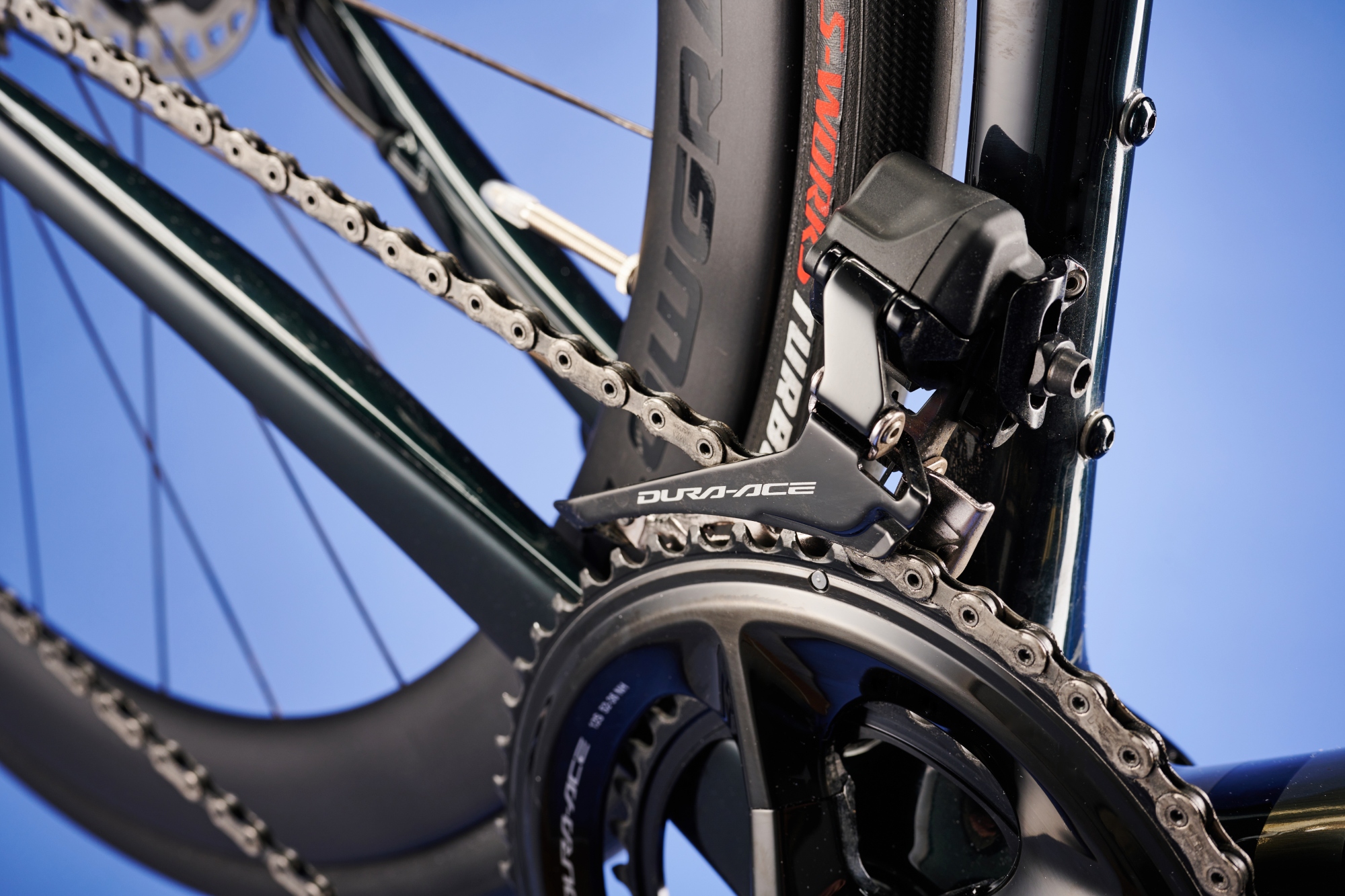
I rode the groupset with a 52/36 crankset and an 11–30 cassette. If that sounds pretty wide for a race groupset, it’s worth diving into the numbers a little bit.
Shimano’s 11-speed 11–28 cassette has a total of four single tooth jumps before jumping straight from the 15t sprocket to the 17t sprocket. In this 12-speed cassette, a 16t sprocket is dropped in between and takes the number of single tooth jumps up to a round six – the jumps between the largest sprockets are widened slightly to take you up to that 30t final sprocket.
In practice, the result was that I had no issues finding the right gear when pushing hard along the flat or up gentle inclines. I was able to stay in the big ring for longer when really attacking the climbs and I had a manageable bailout gear for misjudged efforts up longer-than-expected climbs. Even with the slightly larger jumps between the easiest gears, it never felt gappy or left me feeling stuck between two gears.
The change to the profile of the crank arms is another great update. Now a little flatter – in contrast to the slightly bulging previous iteration – I didn’t experience any ankle rub at all. My shoes, foot, and the finish of the crankset were all much better off for it.
The version I had on test included the new power meter crankset. Now, as with any power meter, this is deserving of its own stand alone review. But for what it’s worth, the data it provided matched up pretty perfectly with a set of Garmin power pedals and a Tacx Neo 2T turbo trainer.
The power meter of the cranks deserves its own in-depth review, but it’s worth saying that it matched up pretty perfectly with a set of Garmin power pedals and a Tacx turbo trainer. Although the cassette features a new spline design for an updated freehub, it’s still backwards compatible and so fits with the 11spd freehub on the Tacx.
Application
Beyond just the performance aspects, there are a lot of small updates that make living with the groupset that much nicer. The bleeding port has been redesigned, with the valve screw and nipple now (thankfully) in seperate places. The shifters can now be powered with coin cell batteries, so they don't need to be linked to the central battery with electrical cables.
Also, the cassette body now features many more splines to help distribute the loads better and not gauge the freehub body. Thoughtfully, the design is backwards compatible, so old HG11 freehubs will still work with the new cassettes. There’s also a huge range of crank length sizes, now going down to 160mm and including a 167.5mm option, amongst others.
Value
It appears as though Shimano has given up the quest for ever lower weights with this latest iteration. Our breakdown puts the entire R9270 groupset at 2,438.5 grams, while Dura-Ace R9170 comes in 35 grams lower at 2,403.3g. Both are the electronic and hydraulic versions, but without a power meter.
A comparison with SRAM Red is favourable at least, with that groupset totalling a plump 2,518g. Again, the comparison here is across electronic, hydraulic versions, without a power meter.
Sticking with those configurations, new Shimano R9270 again comes out top, with an RRP of £3,700.99 compared to SRAM Red’s £3,794.00. Interestingly, the previous R9170 generation of Dura-Ace launched at £3,307.82 in 2017 – adjusting for inflation from then to 2021, that works out as equivalent to £3,702.84. Food for thought.
But at £4,271.87 for the configuration we had on test (electronic, hydraulic and with a power meter), the new Dura-Ace is, of course, by no means cheap. But then again, should we really expect the groupset ridden by World Tour pros to be affordable?
Although we’re yet to pass our verdict on new Ultegra, it is very similar to the Dura-Ace. You’d better be in literal peak physical condition before worrying about being at a disadvantage riding Ultegra rather than Dura-Ace.
Value
Overall, Shimano’s long awaited update really has delivered. The functionality in terms of the braking power, ergonomics and shifting has been greatly improved. There’s also been some well-thought out refinements that boost its liveability, such as the bleeding ports and fewer cables.
It may be very expensive, but then it is the pinnacle of what Shimano has to offer and it certainly does deliver.

Thank you for reading 20 articles this month* Join now for unlimited access
Enjoy your first month for just £1 / $1 / €1
*Read 5 free articles per month without a subscription

Join now for unlimited access
Try first month for just £1 / $1 / €1
Get The Leadout Newsletter
The latest race content, interviews, features, reviews and expert buying guides, direct to your inbox!

After winning the 2019 National Single-Speed Cross-Country Mountain Biking Championships and claiming the plushie unicorn (true story), Stefan swapped the flat-bars for drop-bars and has never looked back.
Since then, he’s earnt his 2ⁿᵈ cat racing licence in his first season racing as a third, completed the South Downs Double in under 20 hours and Everested in under 12.
But his favourite rides are multiday bikepacking trips, with all the huge amount of cycling tech and long days spent exploring new roads and trails - as well as histories and cultures. Most recently, he’s spent two weeks riding from Budapest into the mountains of Slovakia.
Height: 177cm
Weight: 67–69kg
-
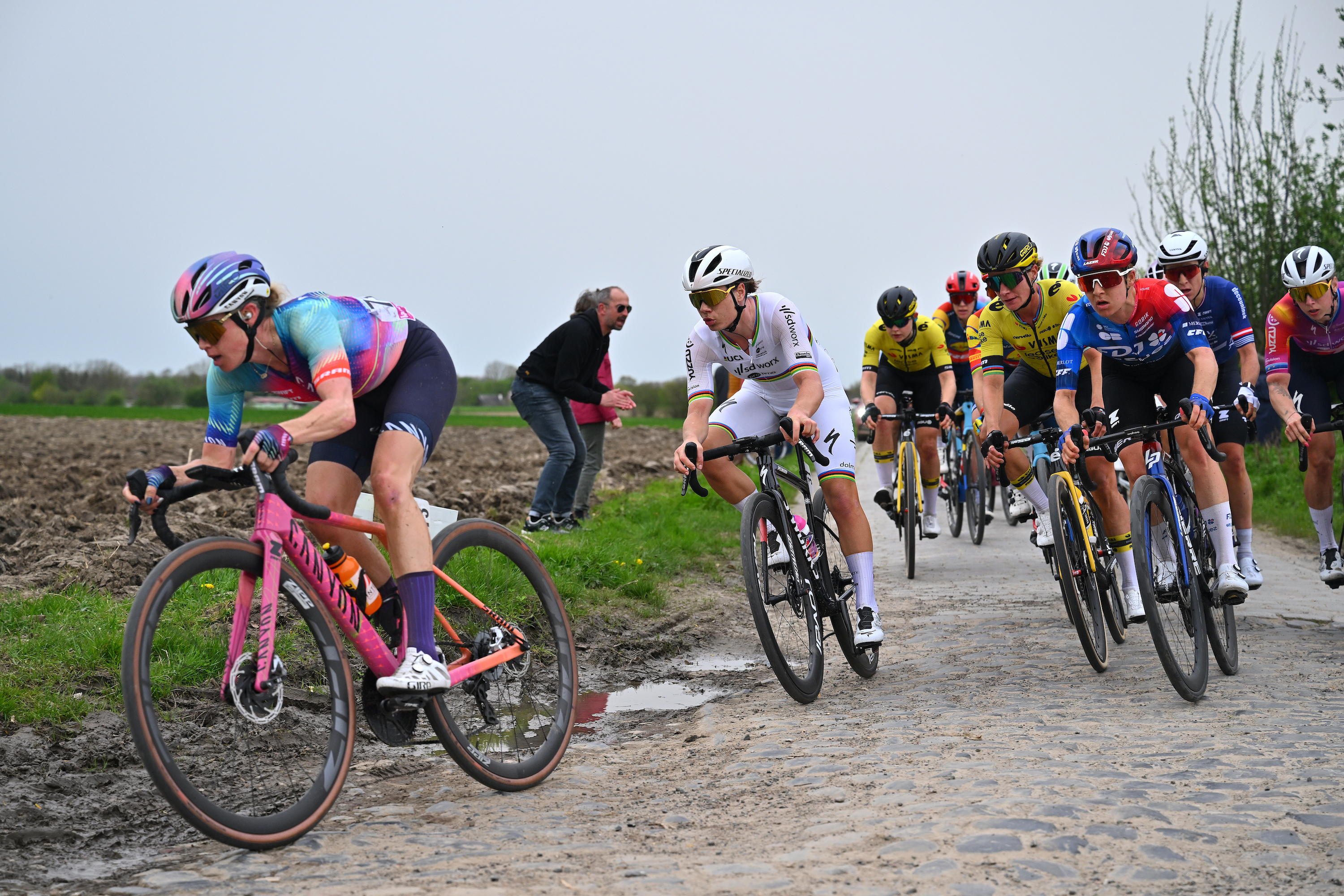 How to watch Paris-Roubaix and Paris-Roubaix Femmes 2025: Everything you need to live stream the Hell of the North
How to watch Paris-Roubaix and Paris-Roubaix Femmes 2025: Everything you need to live stream the Hell of the NorthAll the details on broadcasters for Paris-Roubaix so you can watch Tadej Pogačar and Mathieu van der Poel in one of the biggest cycling races on April 13.
By Adam Becket Published
-
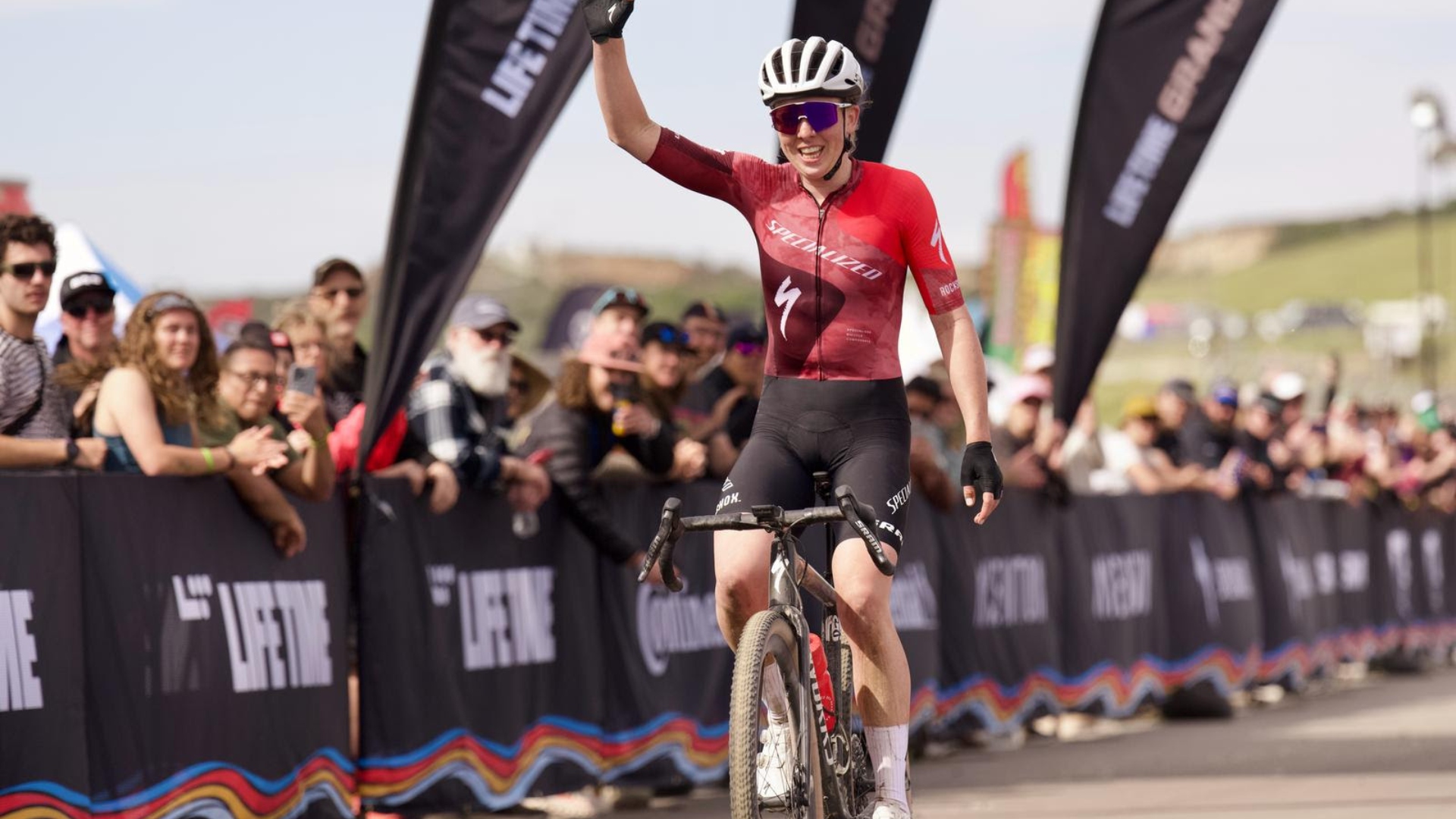 'I gave it everything I had' - Keegan Swenson and Haley Batten win Sea Otter Classic Gravel
'I gave it everything I had' - Keegan Swenson and Haley Batten win Sea Otter Classic GravelOlympic medalist mountain biker Batten crushes her first gravel race; Swenson and Villafane slip into familiar Life Time Grand Prix series leads
By Ryan Simonovich Published
-
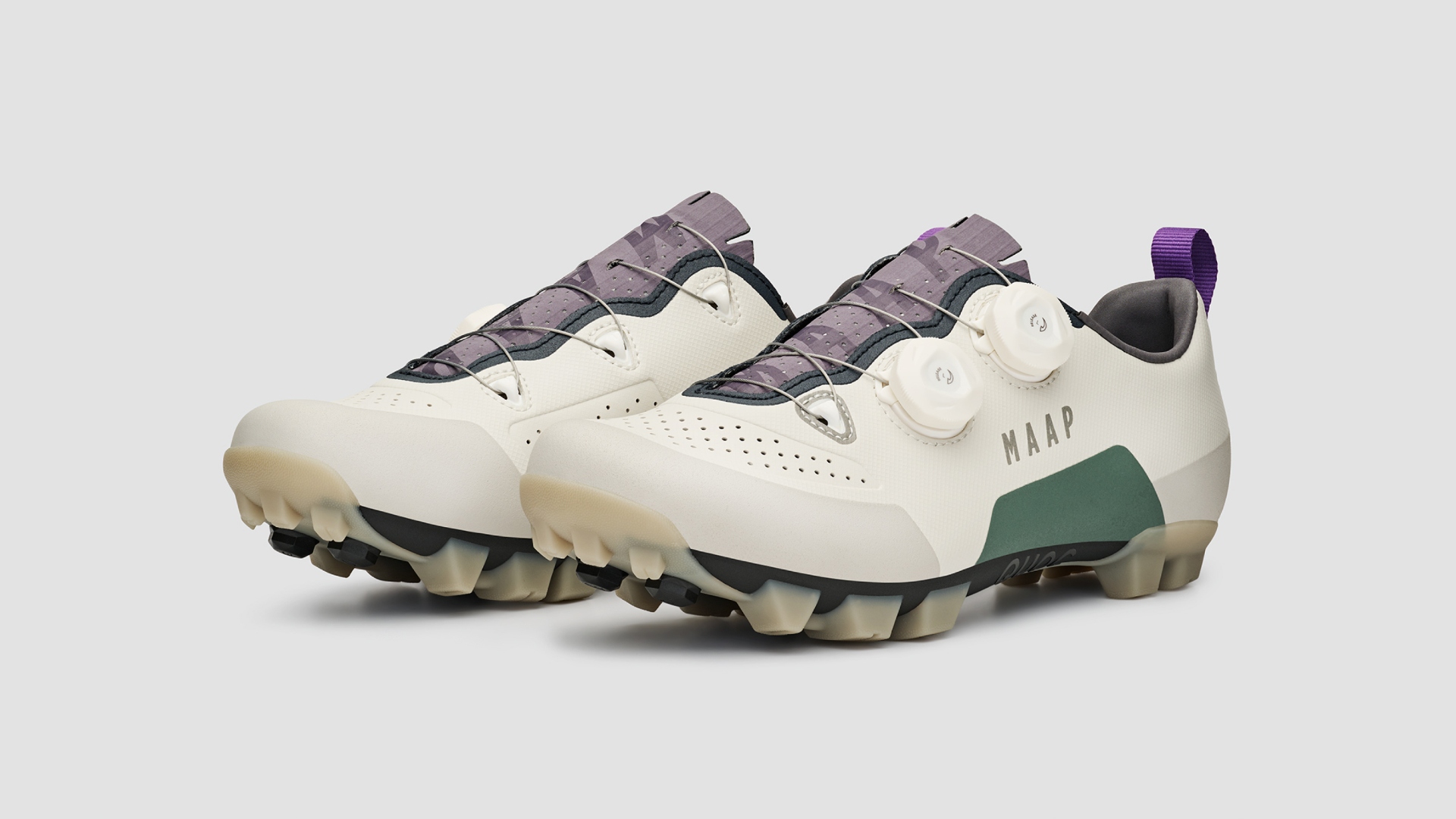 MAAP teams up with QUOC; first collab is the Gran Tourer XC shoe
MAAP teams up with QUOC; first collab is the Gran Tourer XC shoeDesigned for off-road riding the limited-edition shoe features a new colourway and other features
By Luke Friend Published